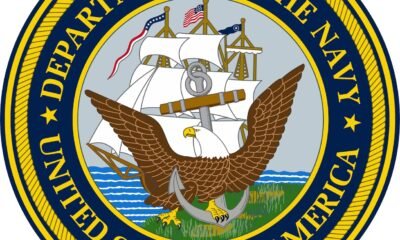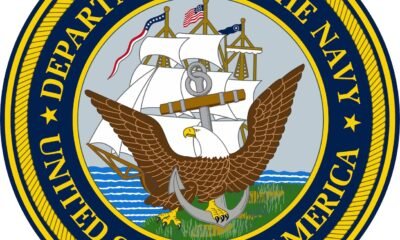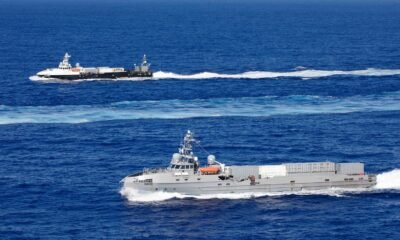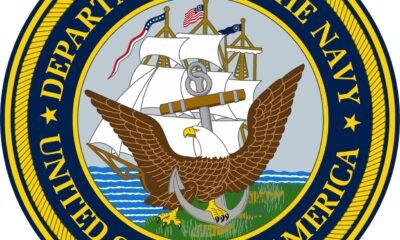Exercises
Republic of Korea, U.S. Navy, and Marine Corps Join Forces for Epic Ssang Yong 2024 Drill
The multinational military exercise Ssang Yong, held annually since 2012, focuses on bolstering the combined defensive posture on the Korean Peninsula. This year, the exercise includes over 13,000 personnel from the Republic of Korea (ROK) and U.S. Navy and Marine Corps, alongside participants from the U.K. Commando Force for the second year running.
Critical capabilities this year come from the ROK Army Aviation Command, ROK Air Force Operations Command, and the ROK Drone Operations Command. The main objective is to refine the ability to conduct a combined-joint forcible entry operation that neutralizes key enemy facilities in hypothetical conflict scenarios.
The ROK-U.S. Navy and Marine Corps are conducting joint amphibious and land-based operations aimed at eliminating enemy forces. For the first time, a combined ROK-U.S. battle staff is deployed, commanding amphibious operations from the ROKS Marado (LPH-6112). This team is crucial in assessing command and control capabilities for future missions.
The exercise features large-scale coalitions, including a division-sized landing force, the ROKS Marado and Dokdo (LPH-6111), the USS Boxer (LHD-4), and the USS America (LHA-6). More than 20 naval vessels, 30 aircraft, and 40 amphibious assault vehicles, such as the Korea Assault Amphibious Vehicle, are participating.
Significantly, Ssang Yong 24 marks the debut of the U.S. Marine Corps’ Amphibious Combat Vehicle on the Korean Peninsula. ROK Marine Corps’ MUH-1 helicopters have also completed deck-landing qualifications on U.S. vessels for the first time.
The decisive-action amphibious landing occurred on September 2 along the Songra-myeon coast in Pohang. Reconnaissance units provided real-time intelligence while forces from ROK, U.S., and U.K. conducted coordinated surveillance and strikes. Close air support was delivered by U.S. F-35B Lightning II fighter aircraft and AH-1Z Viper helicopters, neutralizing enemy positions for the amphibious assaults.
The amphibious forces, including ROK Assault Amphibious Vehicles and U.S. Amphibious Combat Vehicles, established a beachhead. Armored vehicles were deployed using landing craft such as the Landing Craft, Air Cushion hovercraft, and tank landing ships. Airborne troops performed tactical airdrops from ROK Air Force C-130s, while MV-22 Ospreys, MUH-1s, CH-47 Chinooks, and UH-60 helicopters executed air assault maneuvers.
Following the successful amphibious assault, ROK Marine Corps’ logistics units established a Combat Service Support Area to sustain ongoing operations. The landing forces transitioned to land-based operations, simulating CBRN (Chemical, Biological, Radiological, Nuclear) responses, and conducting combat casualty care exercises to improve combined training objectives.
ROK Marine Corps Lt. Col. Cho Hyun-Chul expressed the significance of the exercise: “This exercise reaffirms the strong alliance between the ROK and U.S. Marine Corps and further strengthens our combined defense posture. Going forward, we will firmly retaliate against any enemy provocation.”
U.S. Marine Corps Lt. Col. Gabriel Tiggs highlighted the complexity of the operations: “Rehearsing combined joint forcible entry training with amphibious landings and follow-on operations is critical. The defense of the Korean Peninsula relies on our continuous and close cooperation, including this Ssang Yong exercise.”



















